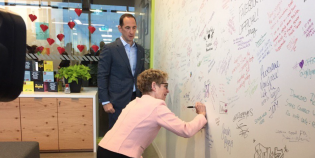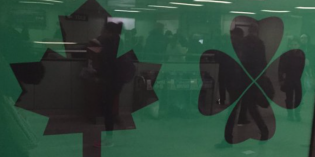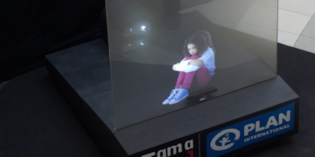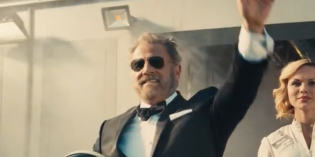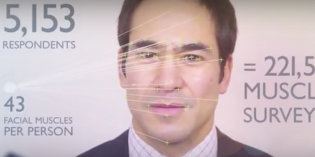|
Word Wildlife Fund Canada has embarked on a national marketing campaign to show how energy efficient products don’t always come from energy efficient beginnings.
The campaign aims to inform Canadians of the work that needs to be done in regard to climate change, said Christina Topp, the organization’s acting vice-president, marketing and donor relations.
“All of the individual behaviour and behaviour changes that [Canadians] have been taking make a difference, but until we get to the root cause of climate change—including transportation [and] manufacturing all of our energy production—it will continue to be an issue,” she said.
The effort from DraftFCB includes TV, print and online.
The TV spot uses miniature models to follow the production and shipping process of an energy efficient light bulb.
The process begins with bulldozers and dump trucks extracting the natural materials used to make light bulbs, the bulbs are then packaged in a factory and loaded onto pollution emitting boats, trains and trucks, until they finally reach the store shelves.
The commercial ends with the super: “You’re doing your part. It’s our job to help government and industry do theirs.”
“[The spot] tells a big story in a bite-sized way,” said Topp. “It shows the global nature of climate change, which everybody has heard about and everybody knows about, illustrates it, and puts it in a picture that catches your attention.”
The print ad, running in the National Post and Maclean’s, uses the image of an energy efficient light bulb accompanied by the question, “How many resources and pollutants does it take to make a light bulb?”
The body copy asks readers to consider what goes into producing, powering and transporting products around the world: “Until they’re manufactured in a carbon-neutral way, transported on low-emission vehicles, and powered in our homes by cleaner energy including wind and solar, green products will never be as green as they can be.”
“In this new campaign from WWF we highlight the importance of making change at the highest level,” said Joe Piccolo, creative director, DraftFCB, in a release. “We explain to consumers that with their support we work with government and industry to get to the core root of the issue.”
While the actions of average Canadians are “vital and important to reducing the harmful emissions leading to this destructive process, they really are only a drop in the bucket to what really needs to be done.”





